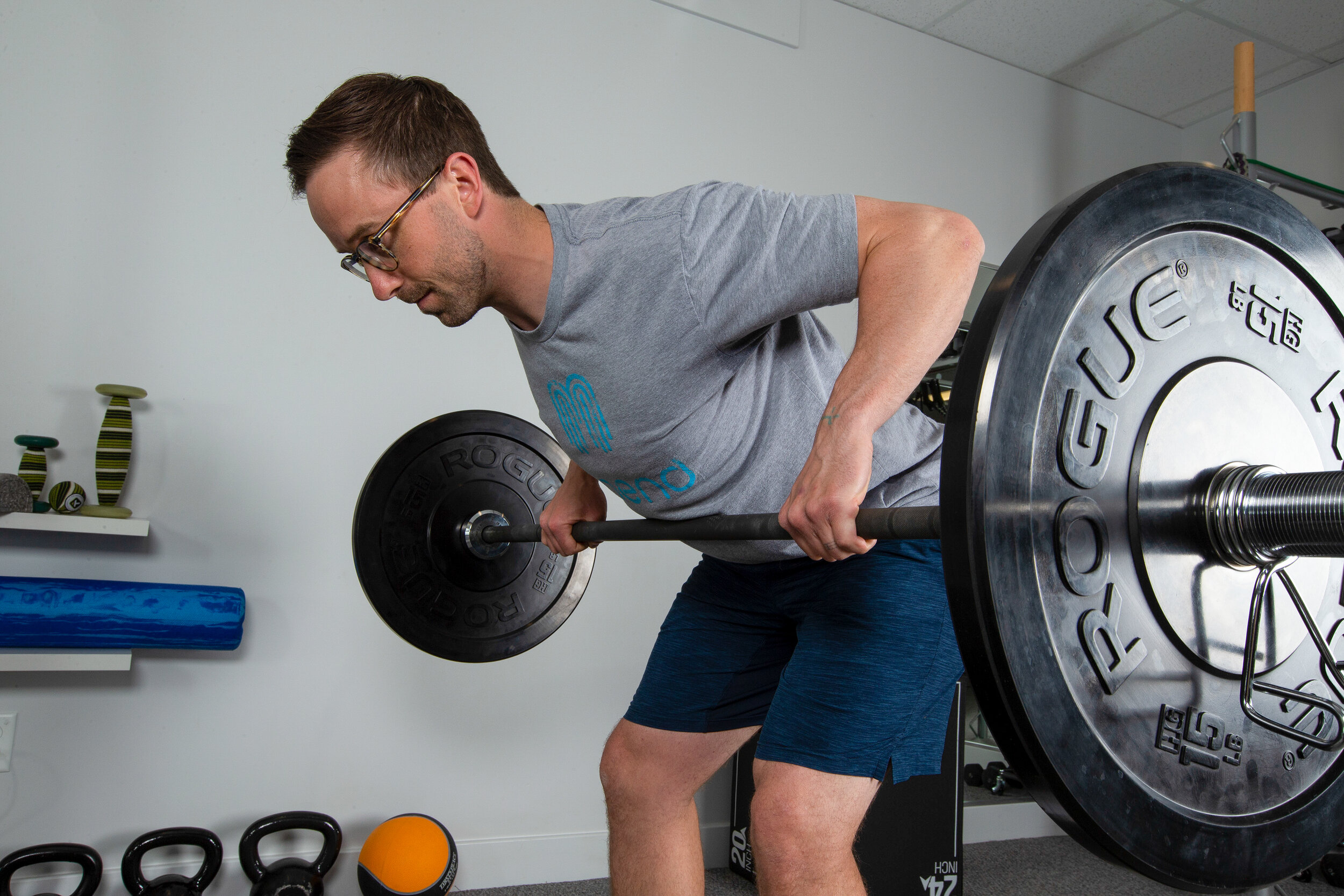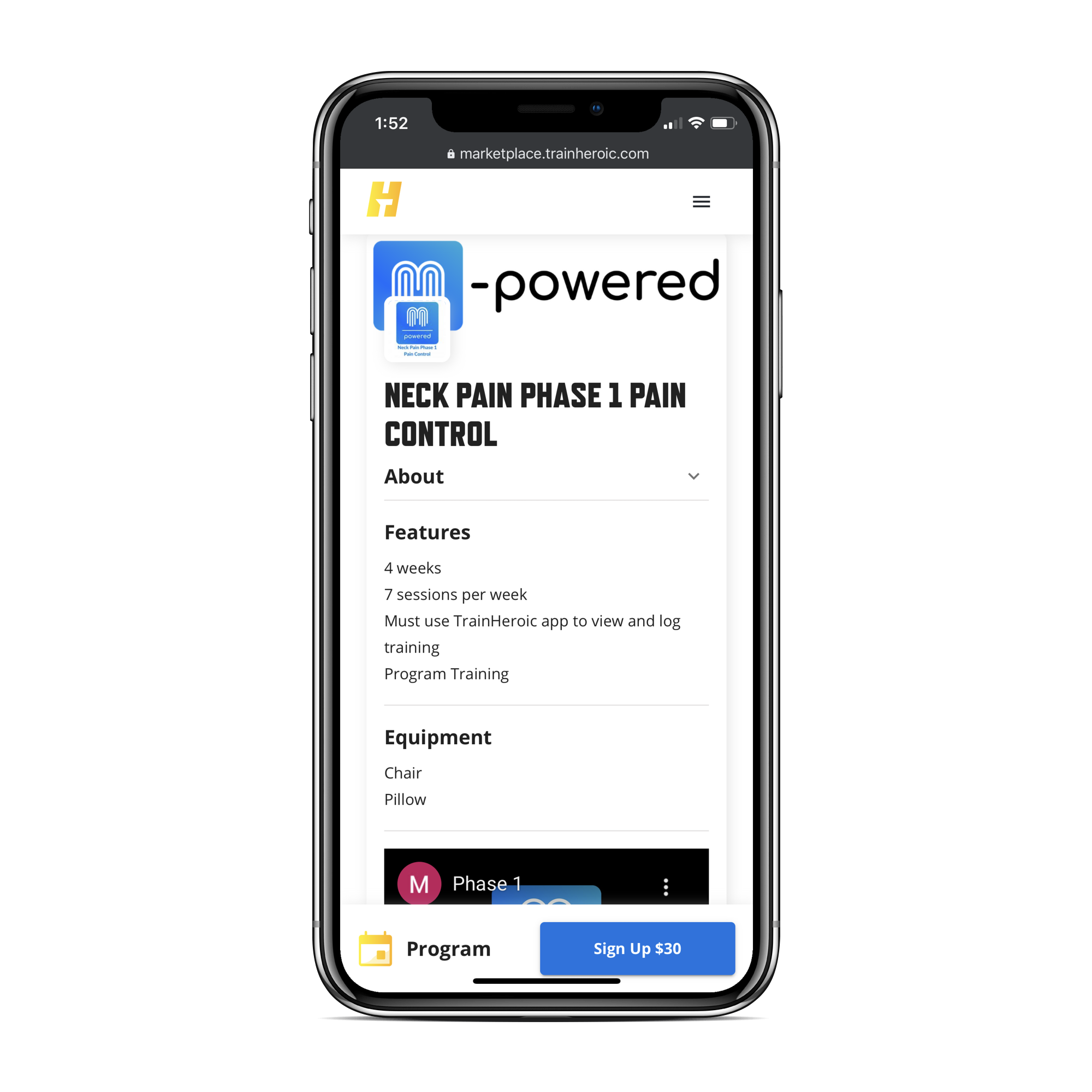A significant portion of musculoskeletal pain can be attributed to our muscles themselves. Many authors have described persistent muscular pain (myalgia), but Janet Travell and David Simon’s work on trigger points is most frequently referenced. These irritable, sensitive bands (knots) within a muscle are frequent targets of lacrosse balls, soft tissue workers, and Physical Therapy dry needling treatments. In my experience, these points are precipitated or perpetuated by muscle weakness or overload secondary to muscle imbalances. For example, chronic hip flexor tightness in a patient often is a symptom of an underlying glut muscle weakness. The aforementioned treatments including dry needling are a great short term treatment, but long term relief comes only with strength training of the affected area. A recent research study highlights the importance of strengthening painful muscles.
Andersen and colleagues conducted a study on women with neck muscle (trapezius) muscle pain compared to healthy controls (BioMed Res Int. 2014). They reported significant impairments in muscle contraction, time to relaxation, and peak force among the females with neck muscle pain. After this comparison, authors randomized the symptomatic participants into one of three groups (strength training, aerobic training, or a control group). Participants in the strength training group performed shoulder lateral raises, shoulder shrugs, single arm rows, reverse flys, and upright rows. Participants used a progressive resistance program of 3 sets using weights consistent with participants 8-12 rep max. Authors reported significantly greater muscle performance and pain relief after the strength training compared to the other two groups.
Click Here to schedule your next appointment with the experts at MEND
Click Here
Top Neck Pain Exercises


